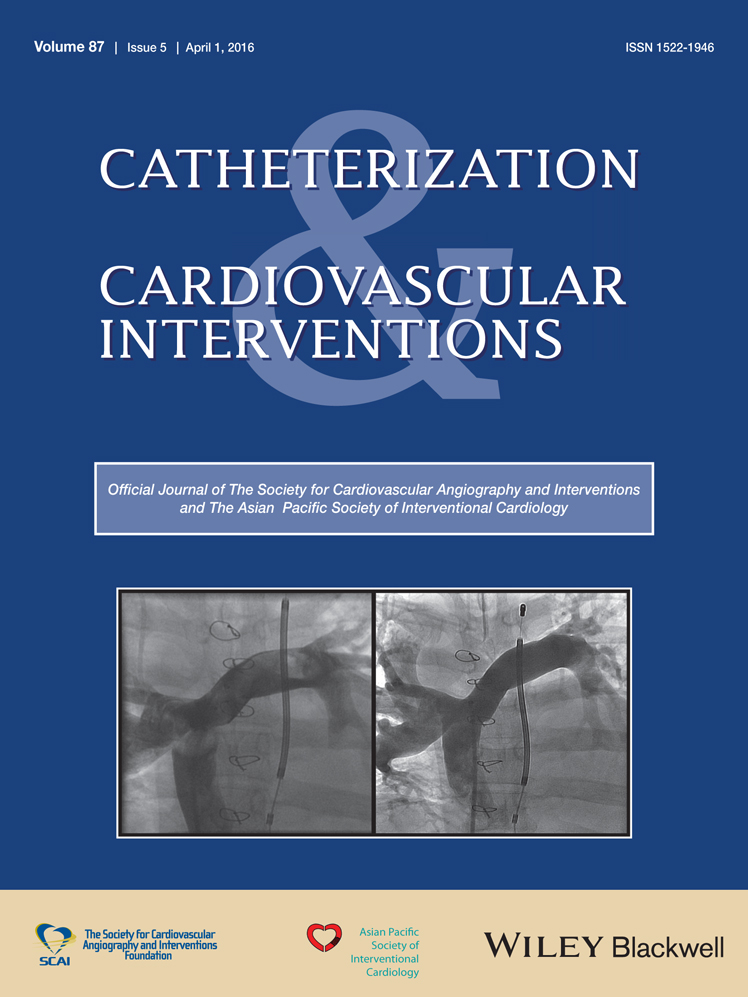Coronary Artery Disease
It's still important, just doesn't hurt
First published: 16 April 2016
Conflict of interest: Nothing to report.
Key Points
- Radial artery catheterization results in local vascular injury to the artery and at times subsequent arterial occlusion, yet even in patients with abnormal collateral testing ischemic hand injury remains essentially unseen.
- Careful serial examinations of neuro-muscular function of the hand in patients undergoing transradial catheterization demonstrate that even in the case of radial occlusion and an abnormal collateral test, hand function is not altered after the procedure.
- While radial artery occlusion may not result in functional ischemic findings, the occlusion itself results in lost future opportunity for vascular access or conduit use and further understanding on how to prevent this sequalae continues to be a priority.




